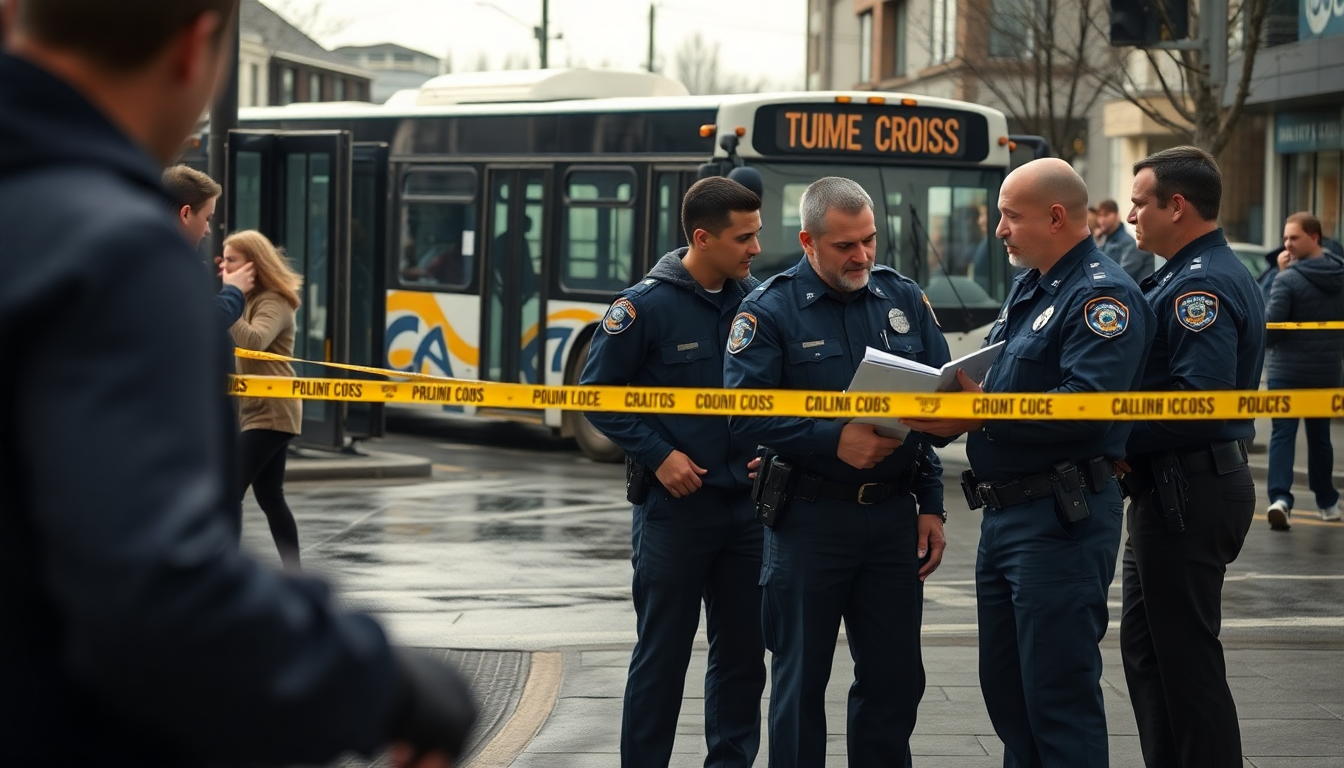Table of Contents
In light of shocking events that have recently caught the nation’s eye, it’s essential to delve into the motivations and repercussions of the recent acts of terrorism in Canada. One particularly alarming incident took place on a transit bus in Surrey, British Columbia, where a brutal attack raised serious concerns about public safety and the influence of extremist ideologies. In this article, we’ll unpack the details of this case, the judicial outcomes, and what it all means for our society.
A closer look at the Surrey transit bus attack
Let’s rewind to April 1, 2023. On this day, Abdul Aziz Kawam, a 30-year-old man, launched a knife attack on two individuals at a bus stop and then continued his assault on a transit bus. Surveillance footage chillingly captured the moments leading up to the attack, showcasing a tense silence between Kawam and his first victim. The violence escalated swiftly, with Kawam attempting to slash the victim’s throat, resulting in serious injuries but, thankfully, no fatalities. This incident has raised critical questions: What drives someone to commit such random acts of violence?
Before the bus attack, Kawam approached another man, asking about his religion, which seemed to foreshadow his violent intentions. It’s important to recognize that the motivations behind such attacks often interweave with deeply entrenched ideological beliefs. Kawam’s statements to police later revealed a strong connection to the Islamic State, highlighting the disturbing role of extremist ideologies in fueling acts of terrorism.
The psychological aftermath of this attack is profound. Survivors of such violence frequently face enduring trauma, while the fear it instills within the community stretches far beyond the immediate victims. Public transport, a space designed for safety and community connection, now bears the weight of violence, sparking urgent discussions about security measures and community vigilance. How do we reclaim our sense of safety in these shared spaces?
Legal proceedings and implications
The handling of this case by the B.C. Supreme Court is worth noting. Justice J. Miriam Gropper was charged with uncovering the motivations behind Kawam’s actions and determining whether they represented a terrorist purpose. The court found that the prosecution made a compelling case, resulting in Kawam’s conviction for attempted murder and assault with a weapon linked to a terrorist group.
What’s even more alarming is Kawam’s behavior, which pointed to premeditated intent. He openly took responsibility for the attack and pledged allegiance to the Islamic State during a 911 call, revealing the calculated nature of his actions and the ideological motivations at play. The court’s classification of the attack as terrorism underlines the significant threat posed by ideologically driven violence to national security.
Additionally, evidence uncovered from Kawam’s smartphone unveiled a troubling engagement with extremist propaganda. This context is crucial for understanding how individuals become radicalized and ultimately commit acts of terror. The presence of such materials on his device highlights a concerning trend: digital platforms increasingly serve as breeding grounds for extremist ideologies.
Broader societal implications and preventative measures
As we come to terms with the ramifications of such violent incidents, it’s vital to explore preventative measures. Community awareness, mental health resources, and education play critical roles in combating radicalization. Enhancing public safety in shared spaces like public transport requires not only immediate security responses but also long-term strategies aimed at addressing the root causes of terrorism. How can we foster a safer environment for everyone?
Engaging with diverse community groups, encouraging dialogues around tolerance, and providing resources for at-risk individuals can be vital in averting future acts of violence. Law enforcement agencies must also bolster their ability to identify potential threats while respecting civil liberties. Striking this balance is essential for maintaining public trust and ensuring effective policing strategies.
In conclusion, the Surrey transit bus attack is a stark reminder of the ever-present threat of terrorism in our modern society. By understanding the motivations behind such acts, we can better tailor our legal and societal responses to prevent future incidents and mitigate their impact on our communities. What steps can we take together to create a more secure future?


